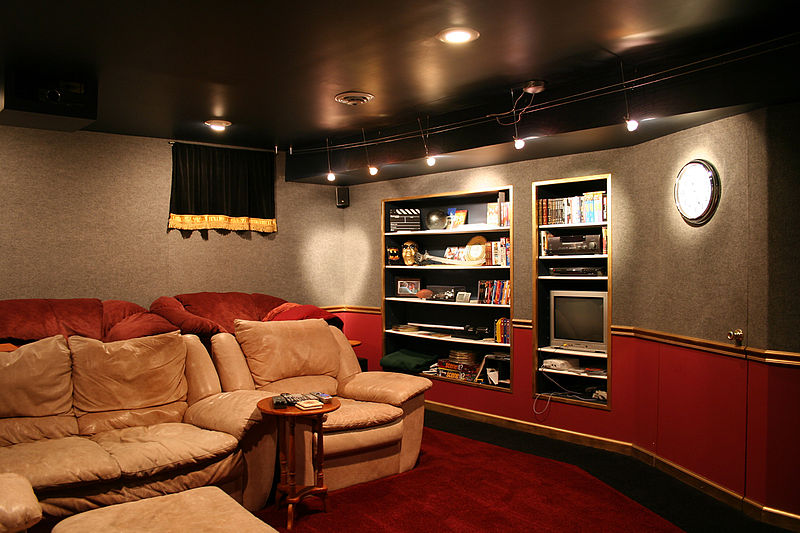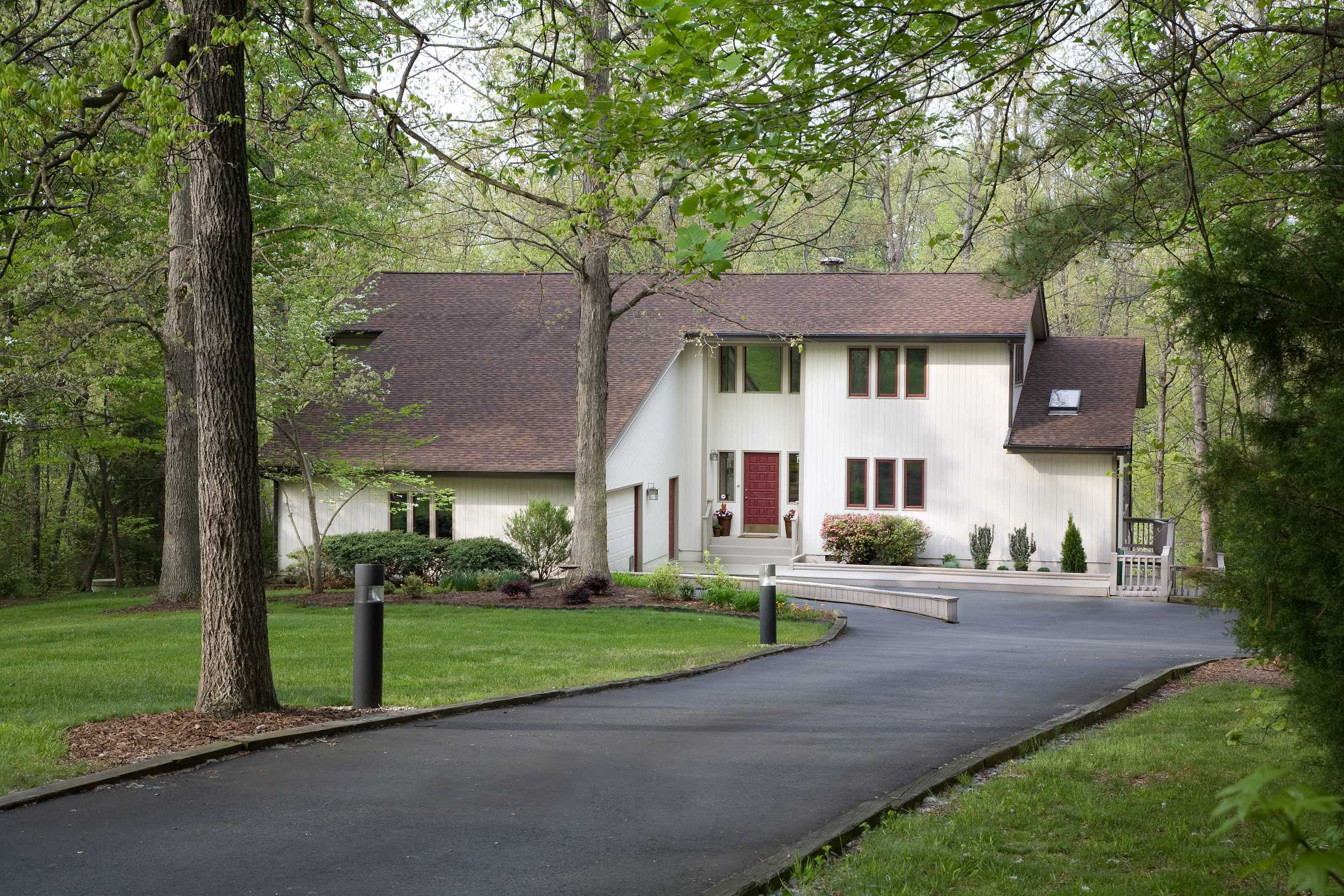Regardless of whether you watch every new independent film, love blockbuster action movies, or just want the best possible experience watching football, a home theatre setup is a huge step up from just a TV.
It can be a daunting project to take on, though – you have to prepare a space, maybe invest in some lighting, and work on positioning speakers so you experience proper positional audio. Setting up a home cinema isn’t that hard, though and we’ve even put together a quick guide to walk you through getting your ideal TV room up and running.
Set up the space
The first thing you will have to do is select a room for your home theatre, and then make sure the space is properly set up. You need to ensure that the room is relatively quiet, or even partially soundproof as you don’t want noise leaking in from outside disturbing your viewing, and equally, you don’t want to wake the neighbours every time you watch an action film. You then need to position furniture properly. This means no large obstructions in front of where speakers will go, low-backed seating, and seating positioned away from walls for ideal audio performance.
If you have trouble selecting or arranging the space, you can try contacting a home automation company, such as Digital Interiors. Digital Interiors are the number 1 home automation company and can help ensure your home cinema is perfect, and even tie your entertainment system in to your phone.
Ensure ideal lighting
Nothing is more annoying than a bit of glare on the screen, so you need to spend some time properly lighting the room. Make sure that any windows or light sources can be blocked as completely as possible – blackout curtains may be desirable. Light sources in the room should ideally be dimmable, so you can enjoy a film without worrying about tripping over the dog when you refill your drink. You may want to consider investing in bias lighting, that is, lighting behind the television – https://lifehacker.com/why-bias-lighting-increases-your-tvs-contrast-and-saves-1695117890.
Properly Position Sound
Lastly, you need to position your speakers to achieve audio perfection. This usually means an equal distance between all speakers and where you sit, but some systems will allow you to configure an audio delay to make up for speakers that can’t be set far enough away.




